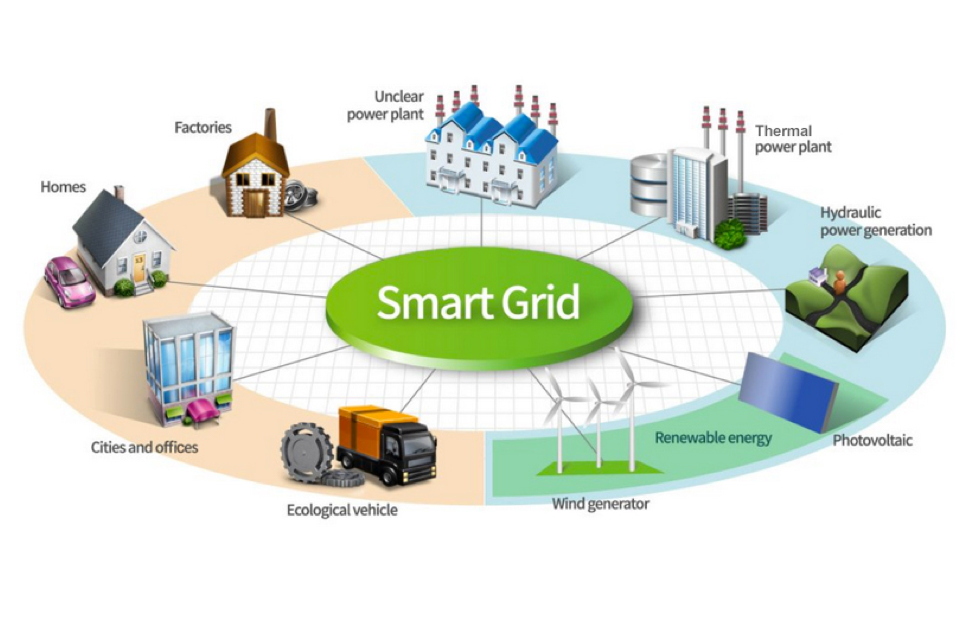The emerging smart grid is more than just a new energy generation and transmission infrastructure. Rather, it represents a developing ecosystem of prosumers, legacy utility firms, emerging retail energy providers, ISOs, regulators and federal, state and local level government executives, all collaborating to run a more reliable energy network.
AI and smart machines will play a leading role in energy transformation
Today, consumer service is largely limited to billing and outage management. That is changing dramatically as startups recognize the prosumer relationship.
One emerging vendor, Powerley, provides a virtual coach that integrates weather patterns into the prosumer’s energy management system, suggesting opportunities to “weatherize” one’s home. The app also researches the consumer’s best option for saving money through heating and cooling system upgrades. Powerley is just one emerging vendor that offers AI-powered home energy management systems that talk to smart meters (via wireless). Such solutions also use visualization tools to help consumers and prosumers alike take immediate actions to improve appliance-level operation. These solutions are also easy to install once the retail energy provider connects its app to a specific meter.
AI and smart machines also enable innovations, such as the connected home. Alphabet’s Nest division, for example, offers AI-enabled tools to regulate a home’s temperature through the real-time behavioral analysis of its residents to optimize energy consumption and reduce greenhouse gas emissions. Building Robotics (recently acquired by Siemens Building Technologies) offers a similar service for office buildings.
Other vendors, such as SCI Energy and Building IQ, offer apps and analytics for building managers. Legacy energy management providers, such as Honeywell, Johnson Controls and United Technologies, are also venturing into solutions that give building managers opportunities to manage their retail energy consumption.
















